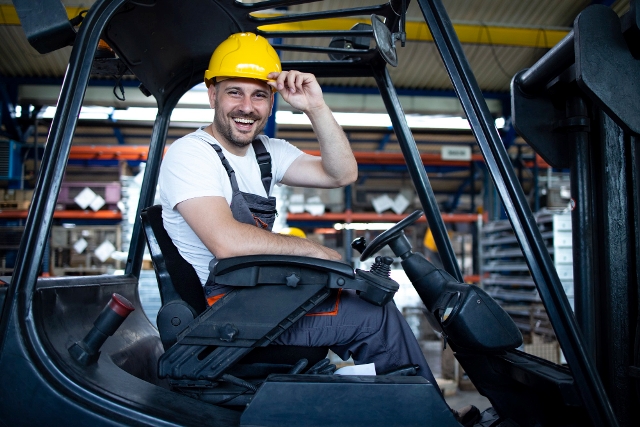Last updated: June 2025
Forklift Sales: How to Choose the Right Rig for the Job
Choosing the right forklift isn’t just about price—it’s about matching the machine to your specific needs. Whether you’re in warehousing, construction, or manufacturing, the wrong forklift can cost you time, money, and safety risks. In this guide, we’ll walk you through the key factors to consider when browsing forklift sales, ensuring you get the best rig for your operations.
Table of Contents
- Understanding Your Needs
- Types of Forklifts and Their Uses
- New vs. Used Forklifts: Pros and Cons
- Key Features to Look For
- Budgeting and Financing Options
- Where to Buy: Dealers vs. Private Sales
- FAQs
Understanding Your Needs
Before diving into forklift sales, assess your operational requirements. Ask yourself:
- What’s the maximum weight you’ll be lifting?
- What’s your workspace like? Narrow aisles, rough terrain, or indoor/outdoor use?
- How often will the forklift be used? (Daily shifts vs. occasional use)
For example, a warehouse with tight spaces might need an electric forklift, while a construction site may require a diesel-powered rough-terrain model.
Types of Forklifts and Their Uses
| Type | Best For | Fuel/Power |
| Counterbalance | General warehousing | Electric, LPG, Diesel |
| Reach Truck | High stacking in narrow aisles | Electric |
| Rough Terrain | Construction, uneven ground | Diesel |
| Pallet Jack | Light-duty moving | Electric |
Real-Life Scenario
A Perth logistics company upgraded from a diesel counterbalance to an electric reach truck, reducing aisle space by 30% and cutting fuel costs by 60%.
New vs. Used Forklifts: Pros and Cons
- New Forklifts:
- ✅ Latest technology, full warranty
- ❌ Higher upfront cost
- Used Forklifts:
- ✅ Budget-friendly, quick availability
- ❌ Potential hidden maintenance issues
Tip: If buying used, always request service records and inspect for wear (tyres, hydraulics, engine hours).
Key Features to Look For
1. Load Capacity
Never exceed the manufacturer’s rated capacity. A 2.5-tonne forklift struggling with 3-tonne loads is a safety hazard.
2. Mast Height
3. Fuel Efficiency
Electric forklifts cost more upfront but save long-term with lower “fuel” costs (electricity vs. LPG/diesel).
Budgeting and Financing Options
Forklifts can range from $15,000 for a basic used model to $100,000+ for a high-capacity new rig. Consider:
- Outright Purchase: Best if you have capital and want no ongoing payments.
- Leasing: Low upfront costs, upgrade flexibility.
- Hire-Purchase: Own the forklift after fixed payments.
Where to Buy: Dealers vs. Private Sales
Authorised Dealers (Recommended): Like West Coast Forklifts, they offer warranties, after-sales support, and certified refurbished units.
Private Sales: May offer lower prices but come with risks (no warranty, unknown history).
FAQs
Q: How long do forklifts last?
A: With proper maintenance, 10,000–20,000 hours (about 10–15 years). Electric models often outlast diesel.
Q: Can I modify a forklift for higher capacity?
A: No. Modifying load capacity voids warranties and violates safety standards.
Q: What’s the best brand?
A: Brands like Toyota, Hyster, and Linde lead in reliability, but match the brand to your needs (e.g., Linde for electric precision).
Final Thoughts
Choosing the right forklift requires balancing performance, budget, and safety. Whether you’re browsing forklift sales for a nimble electric model or a rugged diesel workhorse, always prioritise certified dealers and real-world testing.
Need expert advice? Contact West Coast Forklifts for personalised recommendations and Australia’s best selection of new and used forklifts.




